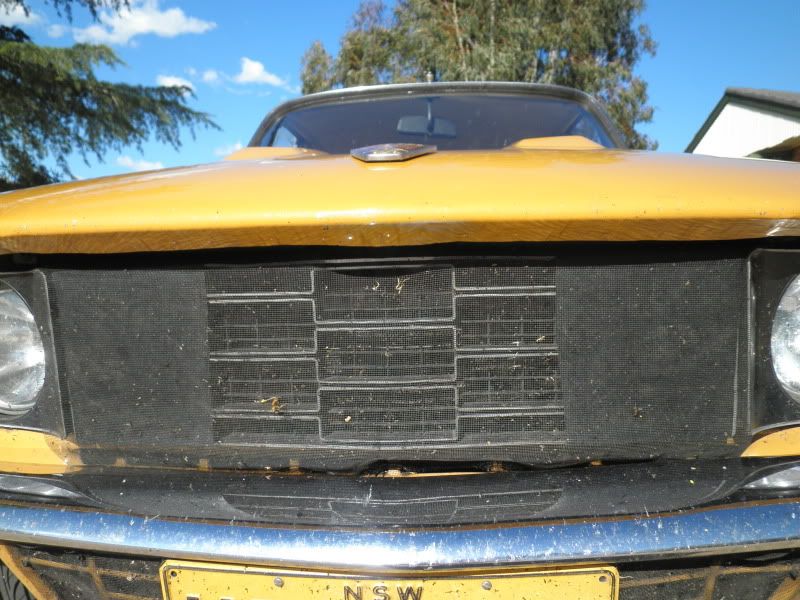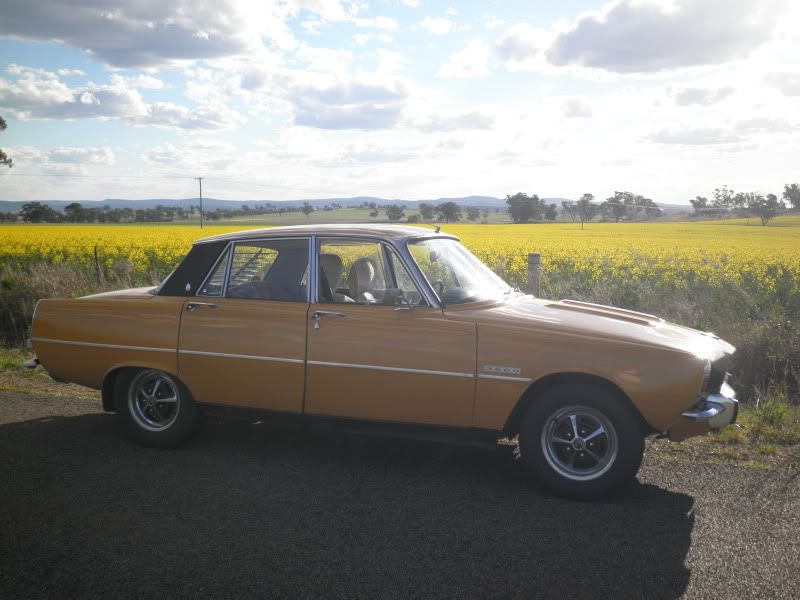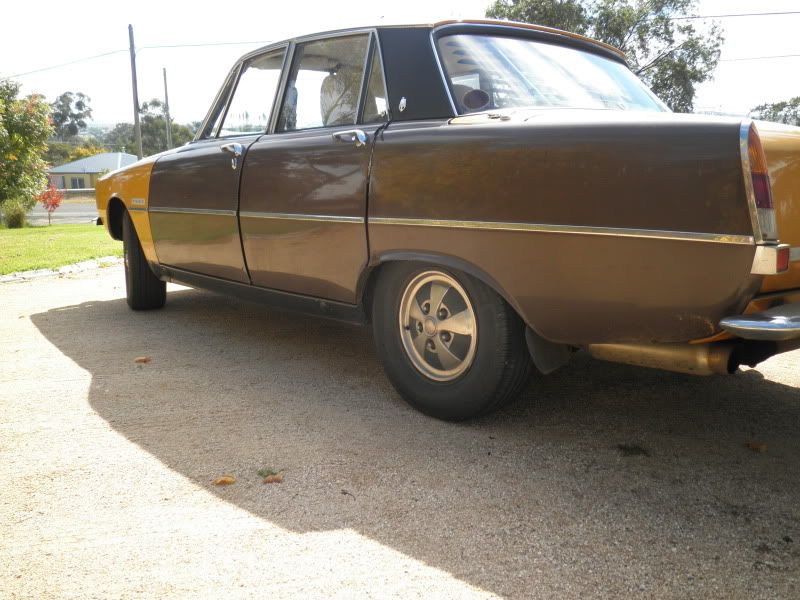Thanks GW

To answer your question, the radiator is a 3 core which is the same size that I had been running since the mid 1990s. I did however cut down the number plate retaining bracket thus allowing more air to enter the radiator. In addition there is an engine oil cooler and a substantial transmission oil cooler which both contribute to efficiency. Ignition timing is also far more efficient so there is less heat build up while in traffic etc. The cooling system also maintains the level to where it has been set which is in contrast to my original 3.5 which like the vast majority so it seems have a propensity to purge coolant on a regular basis.
Ron.





